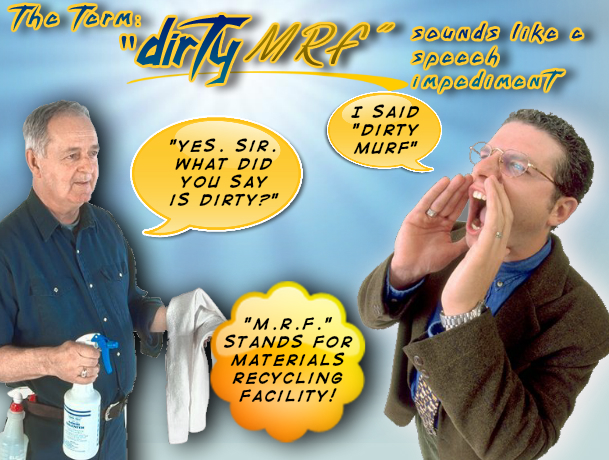 To anyone that hears the term Dirty MRF (pronounced “murf”) it sounds vaguely unpleasant, maybe even insulting. Perhaps, when you first heard it spoken you thought the person who said it must have been struck by a speech impediment!
To anyone that hears the term Dirty MRF (pronounced “murf”) it sounds vaguely unpleasant, maybe even insulting. Perhaps, when you first heard it spoken you thought the person who said it must have been struck by a speech impediment!
There are currently two types of Material Recycling Facilities (MRFs). These are known as a clean MRF and a Dirty MRF.
A dirty MRF (Materials Recovery Facility) is a waste processing facility, accepting deliveries from WCV (Waste Collection Vehicles), as a mixed solid waste stream (otherwise known as residual waste, or Black Bag waste). The other type of MRF, a Clean MRF, accepts only co-mingled types of materials as collected at the kerbside during the recycled waste collection week for fortnightly waste collection schemes, or in the recycled bins put out in weekly house collection schemes.
A dirty MRF is one which receives commingled waste (regular un-separated garbage) directly from residential or commercial sources. This garbage undergoes a combination of manual and automated sorting. A well run dirty MRF has a typical recovery rate of 5-60% of the incoming materials as recyclables, which is higher than a clean MRF because it is receiving the entire waste stream.
Most curbside recycling programs operate what is called a co-mingled system of recycling. The first curbside programs required residents to sort their recyclables into two or more different containers. One container was for fiber, (newspaper, magazines, cardboard, junkmail) and the other was for containers, (bottles, aluminum cans, steel cans, etc.). A co-mingled system does not require separation. That separation is performed in a recycling processing plant called a MRF which is short for a “materials recovery facility.”
Recycling, particularly household curbside recycling, will always cost more money than simply disposing the same waste to a landfill (unless a heavy landfill tax is levied as in the UK and many other EU countries). This is because a driver and a truck must pick it up, take it to a MRF, process the recyclables into their categories, newspaper into newspaper, cardboard into cardboard, aluminum cans with aluminum cans, etc. The MRF will then bale the materials in a large baling machine and then load it on to a train car or a truck where it is shipped to a manufacturer or mill who will use it to make new newspapers, cardboard, or aluminum cans etc. As you can see, there are many steps involved in getting your can recycled and made into a new can. Each step costs money to perform.
A material recovery facility or material reclamation facility (MRF) is a specialized plant that receives and separates recyclable materials from a waste stream. The plant configuration for a Waste to Energy (WTE) project starts with a MRF. By removing the material that can be recycled (i.e. metals and glass) along with other inert components (i.e. sand and dirt), the raw municipal solid waste (MSW) is processed into refuse derived fuel (RDF) pellets. Using RDF instead of raw MSW makes energy projects more efficient because it is not necessary to heat up the “extra” inert materials that are only to be rejected with the ash as happens in conventional incineration.
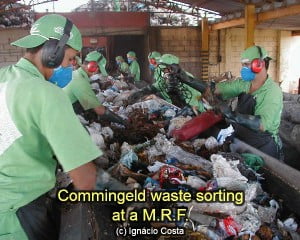 There are a variety of clean MRF configurations with the most common being single stream, where all the mixed recyclable material is processed through the same series of separation steps. An alternative configuration is a dual stream MRF, where source-separated recyclables are processed through different steps depending on the type of materials delivered (i.e. metals or plastics). Once the desired recyclable (and inert) materials have been separated, the remaining materials are shredded and densified to use as RDF for our WTE projects.
There are a variety of clean MRF configurations with the most common being single stream, where all the mixed recyclable material is processed through the same series of separation steps. An alternative configuration is a dual stream MRF, where source-separated recyclables are processed through different steps depending on the type of materials delivered (i.e. metals or plastics). Once the desired recyclable (and inert) materials have been separated, the remaining materials are shredded and densified to use as RDF for our WTE projects.
Which is Best a Clean or a Dirty MRF?
Before looking at the emerging future of dirty MRFs (DMRFs), a quick look at their recent history will be helpful. At the beginning, as aluminum and paper recycling first came into use, engineers looked for automated mechanical systems which would be able to remove more of what was valuable and reusable than ever before. To do the sorting needed required a way to simplify the materials flow, but none could be found until the waste engineers hit on the idea of reducing everything to a single “digestible” size, not unlike how we chew our food. Thus, giant hammermill shredders were designed and placed at the front of the MRFs and into which the unsorted MSW was deposited.
Dirty Materials Recovery Facilities are housed facilities which combine a number of screening / sorting techniques to divide residual municipal waste into a recyclable material stream and a non-recyclable residual waste stream disposed to landfill. More advanced plant (as shown in the diagram below) may be used to produce a third stream either a primarily biodegradable waste stream which can be sent for Anaerobic Digestion or In-vessel composting or a relatively high calorific value stream for conversion to Refuse Derived Fuel.
These facilities employ a plethora of plant such as conveyor systems, bag splitters, screens or trommels to split the waste into different size fractions and magnets, eddy current separators, handpicking or other sorting techniques such as air classifiers to divide the waste stream into the required constituent streams. But the dirty MRF process will not ever be able to produce recyclate of the same quality as a clean MRF due to contamination from putrescibles and the less efficient separation process. This will impact on income from recyclate derived from such facilities, but it is also considered less sustainable as the product is clearly going to remain a waste material due to the contamination in it.
Some of the largest waste management services contractors argue that as their equipment improves this is no longer strictly true and that they can produce high quality recyclates despite using the dirty MRF system.
But throughout Europe the diktat is that everything old is to be made new again, also known as “Zero Waste”, so new EU regulations coming into force in 2015, have been passed which will push all local authorities to in the long term change their recycling systems to make dirty MRFs systems into Clean MRFs! In Europe the single-stream MRF or Material Recovery Facility, will most likely gradually die out as new plant is installed and that will allay the concern about the quality of the material that you’re getting out nowadays from Dirty MRFs.
So, the days of Dirty MRFs in Europe are numbered, and they will eventually be replaced with commingled collections and Clean MRFs, due to the TEEP legislative requirements. It makes sense because in a Dirty MRF you are mixing your mixed (black bag) solid waste which was headed to the landfill with the common recyclables. This really diminishes the incentive to work more on the material that could actually be readily recyclable if not for mixing it up with all the rest. So, we think, looking into the future, it is likely that there will be a movement worldwide to stop Dirty MRFs. It just seems to make sense not to be mixing what’s going to have to go the landfill, (or if not there into an Anaerobic Digester), with the obviously recyclable materials like paper and glass, which is what happens in the dirty MRF sort of process.
A Review of the Ebook “An Introduction to Landfill Gas Extraction Systems”
Welcome to this review for the ebook “An Introduction to Landfill Gas Extraction Systems”. This ebook is a comprehensive guide for anyone involved in landfill gas extraction design, installation, operation, and maintenance, as well as landfill gas energy from waste (EfW) projects. About the Author The author, Steve Last, provides over 50 pages of essential […]
5 Top Household Municipal Solid Waste Sorting Equipment Technologies
It is important that our readers know about the 6 top household Municipal Solid Waste sorting equipment technologies as more and more waste is diverted away from landfills for recycling, and a more sustainable circular economy grows. That's because the proper management of household municipal solid waste (MSW) is crucial for both environmental and public […]
How a Food Waste Separator Makes Disposing of Leftovers Easier
A food waste separator makes it easy to dispose of leftovers and scraps of food. This machine is usually equipped with an auger that pushes the waste into the separator unit itself. Various shaped paddles and rods in the separator press the food waste through screens. The separated material drops out as a slurry, with […]
Reuse Old Materials by Applying These Furniture Recycling Ideas
When the time comes to replace your kitchen, why not reuse (repurpose) old materials by applying these furniture recycling ideas/ tips? It's tempting to just throw the existing cabinets away and start from scratch. That's not only unnecessary, it's wasteful. That's because the majority of kitchen cabinet materials are non-recyclable. This creates a significant problem […]


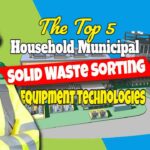


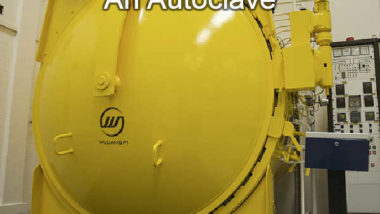
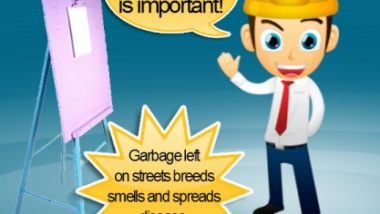
We are a group of volunteers and opening a new recycling scheme in our community.
We were interested in what you said about the dirty MRF, but in our country the Dirty MRF is thought to be OK.
Your website provided us with helpful information to develop our ideas on. You’ve completed an awesome process to write what you do.
Our whole community shall be thankful to you.